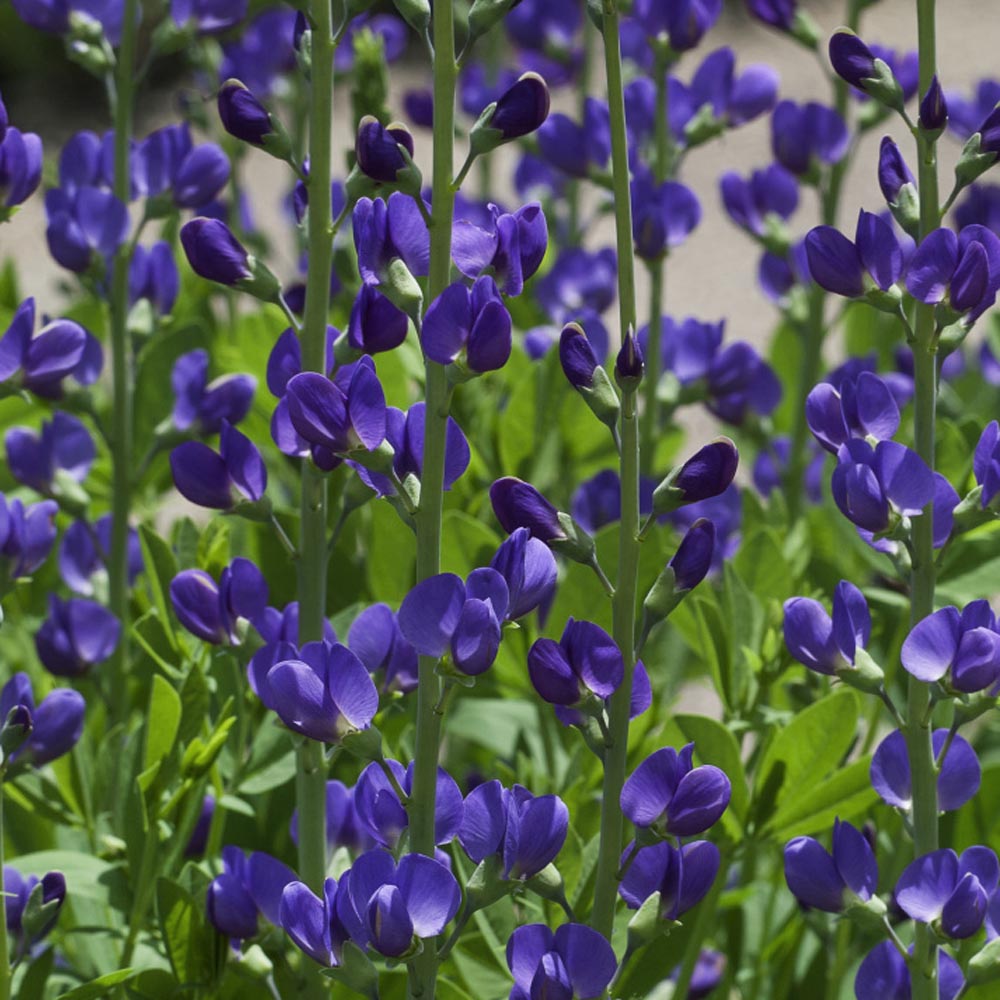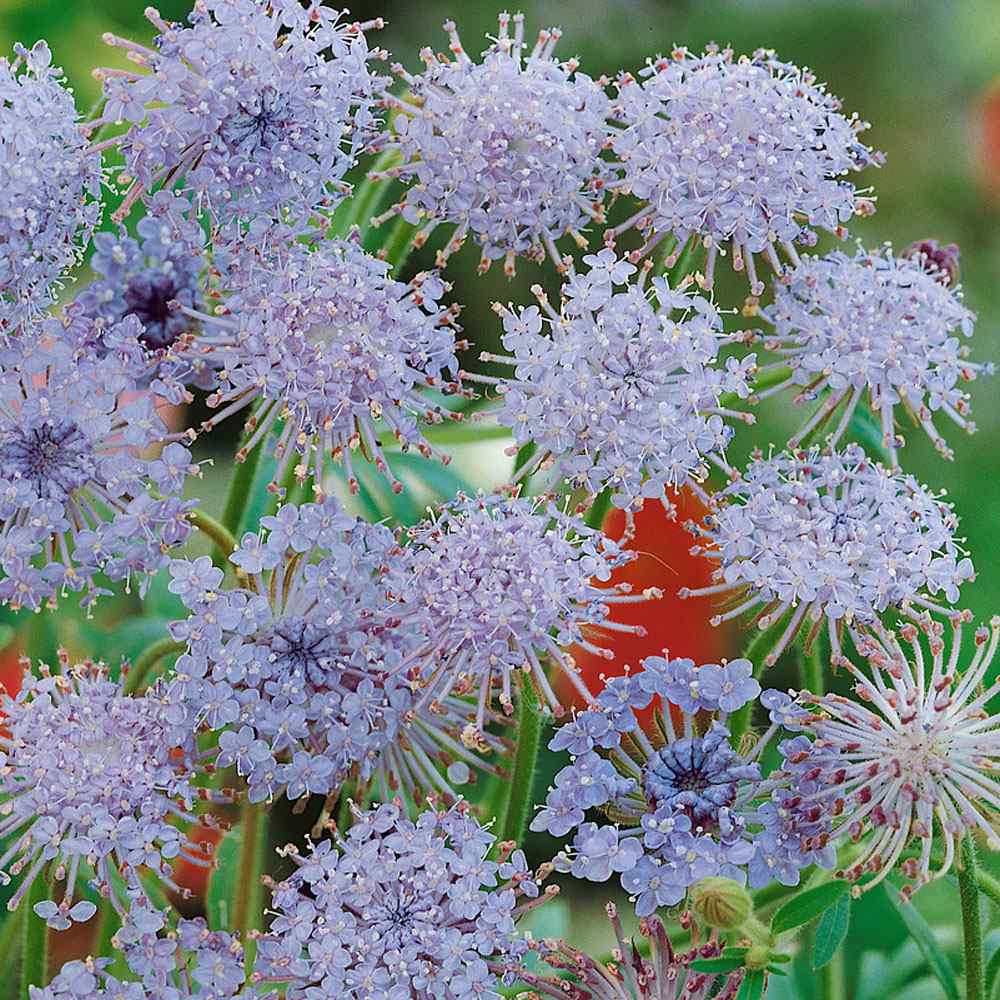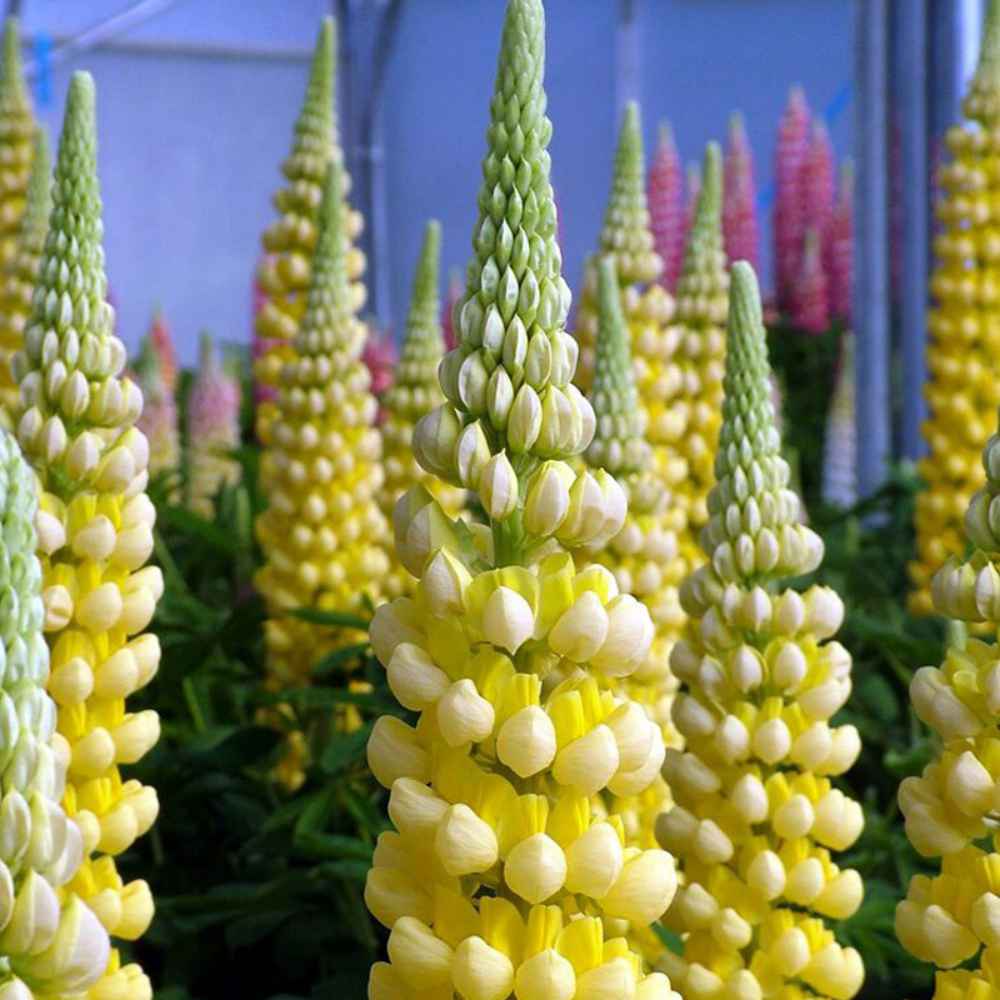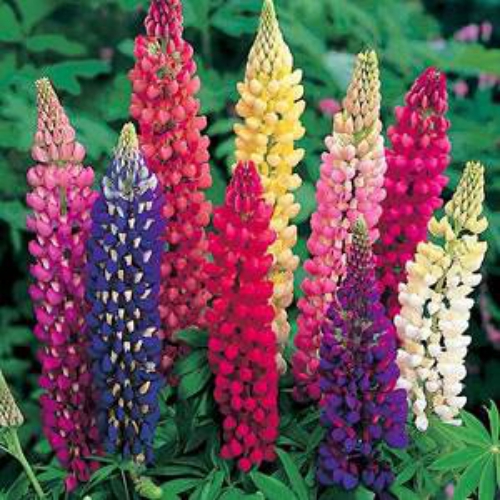
False Indigo Planting Guide
Quick Facts About False Indigo
False indigo is a large, upright perennial with leaves that are grey-green and beautiful long indigo-blue flowers that appear in April through June. The pea-like flowers are followed by black seed pods that can be left on the plant for winter interest. All parts of this plant are mildly toxic to humans and to animals.
Planting Time
Sow false indigo in the late fall to allow the winter cold to soften the seed coating for better germination. If you prefer to start seeds indoor start 8 - 10 weeks before end of frost season.

Planting Location
False indigo does well in Full sun to partial shade and well drained soils.
How to Plant False Indigo
- Prepare garden soil by removing all weeds and debris.
- Add compost if needed to ensure that the soil will drain well.
- Sow 2 - 3 seeds per plant every 24-36 inches in the late fall.
- Cover 1/8 inch and Firm soil lightly.
- Keep the area moist for germination.
- If starting in pots/cells indoors, use 2 - 3 seeds per pot/cell
- Start either in late winter or early spring approximately 8 - 10 weeks before last frost date.

Care And Maintenance
- Water regularly, espectially during hot, dry weather. Soil should be kept evenly moist.
- Where winters are damp and above freezing, clearing ground of plant debris is a good idea to keep the soil from being too soggy and possibly causing root rot.
- You can cut flower stems to the ground in late fall or leave them for winter interest.
- Fungus diseases such as leaf spot, powdery mildew, and rust can occur if grown in crowded, damp conditions. Be sure to provide good air circulation around your plants.
- When plants grow in shade, they may become leggy and flop over. To prevent this, increase sunlight by pruning surrounding trees, use hoop supports, or prune plants after flowering to maintain a shorter, bushier shape and prevent flopping.
- In water-saturated soils, false indigo can suffer from root rot, leading to plant collapse. Improving drainage with soil amendments and water redirection can prevent root rot. Severely affected plants must be removed as they are not recoverable.




































